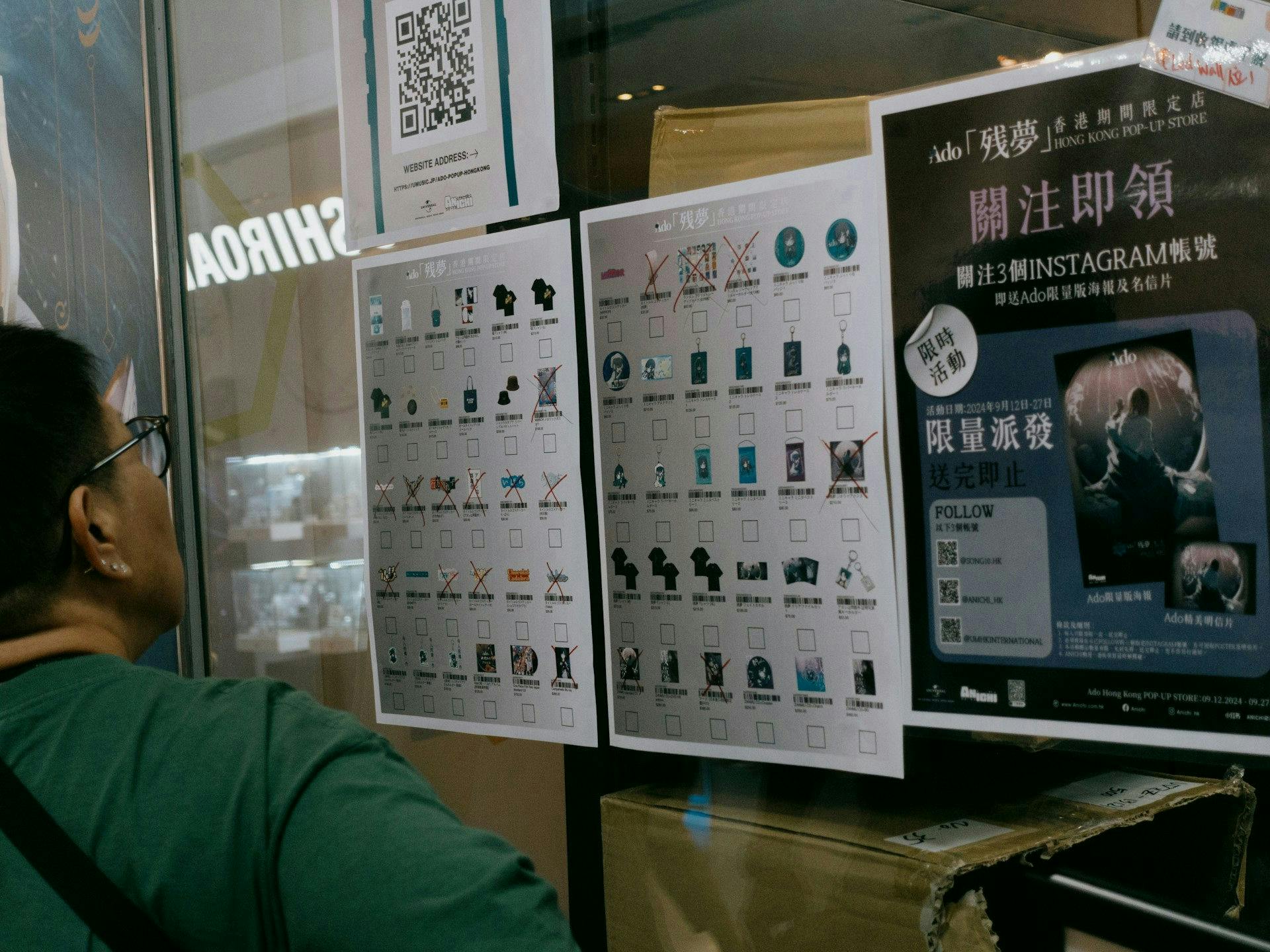Using Digital Signage for Employee Communications


Effective internal communication is essential for maintaining alignment, engagement, and performance within an organization. Traditional methods such as emails, bulletin boards, or intranet portals often fail to reach all employees effectively, especially those who don’t regularly interact with these channels. While digital signage offers a highly visible and immediate solution, displaying dynamic messages in prominent locations also has its limitations.
In this article, we’ll examine both the benefits and shortcomings of digital signage for employee communication, highlighting where it excels and exploring alternative methods better suited to overcoming these limitations.
The Importance of Effective Employee Communications
Strong communication is the foundation of a successful organization. When information is clear and consistent, employees stay connected, engaged, and aligned with company goals. This leads to better collaboration, higher morale, and stronger performance across departments.
But many organizations struggle to reach every part of their workforce, particularly frontline or ‘deskless’ employees. These team members often don’t have regular access to company email, intranet platforms, or communication apps. Despite playing a critical role in daily operations, they’re frequently the most disconnected from internal updates.
Often, organizations find that with these employees spread across job sites, shifts, and locations, it becomes more difficult to maintain alignment and a shared sense of purpose.
A thoughtful communication strategy helps solve these challenges by:
- Reducing turnover: Employees who feel informed and valued are more likely to stay.
- Boosting productivity: Clear messaging removes confusion and helps employees focus on priorities.
- Improving operations: When everyone has the right information, decisions are faster and more accurate.
- Strengthening culture: Frequent and transparent communication builds trust and a sense of belonging.
No matter what platform you use, the goal remains the same: keeping your entire workforce, frontline or office-based, informed, engaged, and connected to your company’s mission.
Benefits of Digital Signage for Employee Communications in the Workplace
Digital signage is becoming an essential part of internal communication strategies. It offers a highly visible, engaging way to keep employees informed and connected across departments, locations, and roles. Here’s how it improves communication across different areas of the organization.
Builds Engagement and Transparency
At its core, digital signage makes communication visible. When placed in high-traffic areas like break rooms, lobbies, and factory floors, digital screens turn everyday moments into communication touchpoints. This visibility improves message reach and makes important updates harder to miss.
Companies use digital displays to publicly recognize employee achievements, announce milestones, and share success stories. This kind of real-time acknowledgment makes employees feel valued and connected to the organization. In fact, 86% of companies that implemented digital signage report higher employee motivation.
By showcasing department updates, project wins, and cross-functional initiatives, signage also breaks down silos. It helps employees see how different teams contribute to shared goals, encouraging a greater sense of ownership and alignment across the organization.
Delivers Clear, Timely Information
One of the most practical advantages of digital signage is how quickly and clearly it delivers information. Instead of employees digging through emails or missing meeting announcements, key updates appear where they’re already present, at work.
This is especially important for reaching shift-based or frontline teams who don’t sit at desks or check email regularly. Digital signage ensures everyone receives the same message, without disrupting workflows.
Organizations use it to display everything from scheduling changes to policy reminders to upcoming events. When paired with other tools like email or SMS, signage reinforces the message and improves retention. Segmenting content by department, location, or time of day also ensures that messages are relevant to the right audience.
Reinforces Culture and Connection
Beyond day-to-day logistics, digital signage plays a key role in shaping how employees experience company culture. Displays can feature your mission, values, DEI initiatives, and wellness campaigns, turning screens into cultural anchors.
Sharing stories about employees, highlighting volunteer efforts, or showcasing internal campaigns builds a sense of community. It makes company values feel tangible rather than abstract. You can also use signage to promote mental health resources, safety reminders, and work-life balance tips that support employee well-being.
Visual content breaks through literacy, language, and accessibility barriers. It allows every employee, regardless of role or background - to stay connected to what matters most in the organization.
Improves Safety and Operational Readiness
When used correctly, digital signage becomes an operational asset. It serves as a real-time alert system during emergencies, helping employees respond quickly to evolving situations. Safety protocols, hazardous weather alerts, and regulatory updates can all be broadcast immediately.
Visual formats are especially effective for communicating safety instructions in environments where language diversity or literacy levels vary. Diagrams, images, and demonstrations help ensure the message is clear and actionable.
Ongoing safety reminders can also be scheduled to reduce complacency and promote a culture of prevention. Companies often display safety stats, equipment use guides, and location-specific notices to keep teams informed and reduce incident risks.
Limitations of Digital Signage in Employee Communications
While digital signage is highly effective in many workplace settings, it’s not a one-size-fits-all solution. Its impact depends heavily on employee access and physical environment.
- Limited Reach: Employees who work in the field, on the move, or in areas without screen access may rarely see the content.
- Physical Placement Constraints: Industrial or outdoor environments often lack ideal locations for screens, and harsh conditions can affect visibility and hardware durability.
- One-Way Communication: Digital signage informs but doesn't create a direct feedback loop. It lacks the two-way interactivity needed for gathering input or tracking engagement.
- Competes for Attention: In visually cluttered spaces, signage can blend into the background unless content is consistently fresh and well-placed.
- High Initial Setup Costs: Installing displays across multiple locations—especially at scale—can be expensive and logistically complex.
- Shift Timing Considerations: Ensuring consistent messaging across multiple shifts
For organizations with large mobile or deskless workforces, digital signage is most effective when paired with communication channels that meet employees where they are—such as mobile messaging or SMS platforms.
Strengthen Your Communication Strategy With SMS
Digital signage plays an important role in workplace communication, but it has its limitations especially for frontline, non-desk teams who are frequently mobile and not always near display screens. To truly connect with every employee, organizations need multiple communication channels. Among these, SMS stands out as one of the most effective tools for reaching employees directly, no matter where they are. And with modern business SMS platforms, this proves to be a rather simple yet effective solution.
Universal Accessibility
SMS works on nearly every phone, requiring no apps, downloads, or training. This simplicity makes it an ideal option for reaching frontline workers who do not have regular access to email, company intranets, or digital signage. Because these employees already use their phones throughout the workday, SMS communication feels natural and immediate.
Text messaging is especially useful for field-based teams, production line staff, and customer-facing roles where desktop access is either limited or impractical. Unlike internal communication apps that require smartphones and logins, SMS works even on basic feature phones, ensuring no employee is left out.
SMS messages arrive instantly, delivering time-sensitive updates the moment they are needed. Unlike signage, which may only be seen briefly, text messages remain available for employees to reference later.
Many SMS platforms also provide delivery confirmations and read receipts, giving organizations valuable insight into who received and viewed the message. Messages can also be targeted to specific groups based on role, location, or department, which helps ensure relevance.
Superior Engagement Metrics
The effectiveness of SMS is supported by compelling statistics. Around 98% of text messages are read, compared to just 20% of emails. Most people respond to a text within 90 seconds, making it one of the fastest forms of communication in the workplace.
SMS outperforms other internal channels when it comes to open rates, response rates, and employee satisfaction. Employees appreciate the directness, speed, and clarity that text messages provide. SMS also makes it easier to request and receive feedback, with response rates up to eight times higher than email.
Because people often revisit their text messages, retention of information is stronger compared to one-time visual displays. Organizations that rely on SMS report better attendance at optional events, more engagement with surveys, and higher participation in training sessions. SMS platforms also allow for more robust engagement tracking than many signage systems can support.
Enterprise-Grade Security
Security is a top priority in internal communication, and many top SMS platforms address this with enterprise-level safeguards. All messages are encrypted during transmission and while stored. A multi-tenant system keeps each organization’s data securely separated.
These platforms use passwordless authentication to minimize risk while maintaining secure access. Administrative controls can also ensure only authorized users can send messages to specific teams. Secure file sharing features allow sensitive documents to be shared through protected links that require identity verification before access.
All system activity is logged, providing a detailed audit trail for compliance. Message archives are maintained for record-keeping, and the platform integrates with identity and access management systems to control who can send or receive communications.
Additional safeguards include geo-restrictions to limit access based on location, role-based permissions to prevent unauthorized use, and timeout features to protect unattended devices.
Complementing Digital Signage
SMS is not meant to replace digital signage, but to enhance it. Together, they create a comprehensive communication strategy that reaches employees wherever they are—whether at a desk, on the floor, or out in the field.
Yourco is an SMS-based communication platform built specifically for organizations with non-desk workers. It includes features that go beyond basic texting. AI-powered translation ensures messages are delivered in each employee’s preferred language, while built-in surveys and polls help gather feedback from those who may never pass by a screen. Secure document access allows employees to retrieve forms or information from their phones, and 240+ HRIS and payroll integrations ensure seamless syncing with existing systems.
While digital signage is ideal for high-traffic shared spaces, Yourco ensures personal, direct communication to every employee’s device. Together, they provide broad coverage and ensure no employee is left out of the conversation. Companies using both channels report stronger engagement and greater satisfaction with internal communication efforts. Digital signage reinforces key messages on-site, while SMS keeps mobile teams informed in real time.
SMS solutions like Yourco are not just secure, they are built to support complex organizational needs across locations, languages, and departments. By working alongside digital signage, they ensure that your communication strategy is both inclusive and resilient.
Crafting Content for Digital Signage Employee Communications
Creating content that captures attention and delivers value on digital signage requires a thoughtful approach. Unlike email or print, screens demand brevity, clarity, and visual impact. Here's how to make your displays more effective.
Content Strategy
Effective signage content starts with a clear and focused strategy. Messages should be short, impactful, and immediately understandable. A helpful rule of thumb is the "3x5 rule": your message should be clear within three seconds from five meters away. This ensures people can absorb the content even when passing by quickly.
Use bold, concise headlines that tell the story at a glance. Break messages into bite-sized segments to improve readability. High-contrast colors make text easier to see from a distance. Planning ahead is also key. Build a content calendar that rotates different types of messages throughout the week to keep displays fresh and balanced.
Visual and Interactive Elements
Digital signage is a visual medium, so leverage that strength. Use high-quality images and graphics that reinforce your message without overwhelming it. Short videos and animations are useful for breaking down complex ideas into digestible pieces. In some settings, touchscreens can create interactive experiences, allowing employees to explore content more deeply.
Real-time data visualizations bring numbers to life and help teams understand trends at a glance. Consistent branding elements such as fonts, colors, and logos, strengthen recognition without distracting from the message. Infographics are also helpful for simplifying dense or technical information. For additional engagement, consider adding QR codes that link to deeper content on mobile devices.
Test all visual content without sound to ensure it’s still effective. Establish a clear visual hierarchy so employees know where to look first, even during a quick glance.
Regular Updates
Digital signage is only effective if employees continue to pay attention to it. When screens display the same content for too long, people begin to ignore them; a phenomenon often called "display blindness." To avoid this, update screens frequently and rotate content on a regular schedule.
Time-sensitive information should be updated immediately to maintain accuracy and credibility. Vary your content throughout the day to reach employees working different shifts or schedules. Ask for feedback from staff on what they’d like to see more of, and use that input to refine your content plan.
Set guidelines for how long different types of content should stay live. Use visual cues to indicate when content is new. Seasonal themes or timely promotions can also keep the experience feeling relevant and engaging.
Effective Content Types
Certain content types consistently capture attention and drive engagement. Recognition programs are one of the most effective ways to motivate employees. Highlighting team achievements and individual contributions reinforces a culture of appreciation and encourages others to excel.
Performance dashboards help employees track progress toward goals. When teams can see how their work contributes to larger outcomes, it boosts accountability and alignment. Event calendars are also valuable for keeping employees informed about upcoming training sessions, celebrations, and key deadlines. This visibility helps increase participation and reduces scheduling conflicts.
No matter how well-designed your content is, remember that digital signage only works if people actually see it. For organizations with a largely non-desk workforce, it’s important to supplement signage with direct communication channels, like mobile messaging, to ensure every employee stays informed.
Connect Everyone, Everywhere: Your Complete Communication Solution
Creating an effective employee communication strategy starts with understanding how different channels serve different needs. Digital signage is a strong solution for reinforcing messages in shared spaces, promoting culture, and increasing visibility across departments. But for mobile, field-based, or frontline workers who may never pass by a screen, SMS fills a critical gap.
Together, these tools form a complete approach, one that ensures all employees receive timely, relevant information, whether they’re at a desk, on the move, or out in the field.
Yourco’s SMS platform is designed to meet the needs of today’s diverse workforce. With support for multiple languages, built-in feedback tools, secure document access, and seamless integration with existing systems, it brings consistency and clarity to every corner of your organization.
Try Yourco for free today or schedule a demo and see the difference the right workplace communication solution can make in your company.



